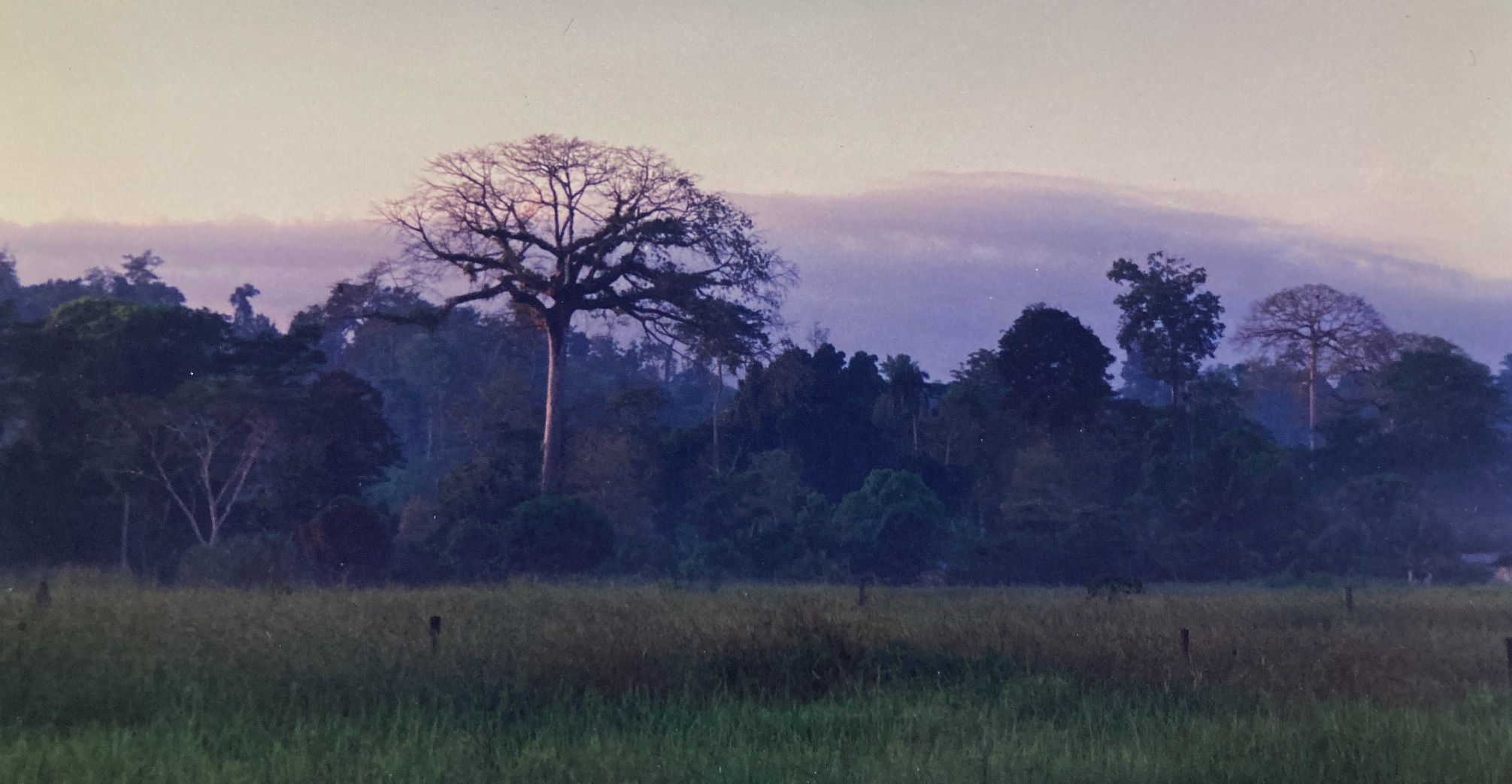Costa Rica is a small, Central American country located in the tropics at a latitude of about 10 degrees North. Straddling the land bridge between two immense continents and subject to warm tropical sunlight and generally abundant rainfall, the country boasts an exceptionally high diversity of plant and animal life. Furthermore, Costa Rica is well known for is efforts in nature conservation, boasting over 22 national parks and nature reserves.
Arriving in Costa Rica in 1984 as a Peace Corps Volunteer, I have been privileged to be able to study the arboreal flora of Costa Rica’s Pacific slope for some 30+ years. The initial emphasis of this research was focused on a small park located within this ecosystem, known as Manuel Antonio National Park. With the help of the National Biodiversity Institute (INBIO) and the National Herbarium, over 100 arboreal species – from this park and elsewhere along the Pacific slope – were collected and identified. The major anatomical and behavioral characteristics of each new tree was documented in graphic and textual form. A large part of this information appeared in a book (that is sadly now out of print) entitled “Los Arboles del Parque Nacional Manuel Antonio“, published in 2004 by the Editorial InBio. The purpose of this website is to present that material – both graphic and textual – again, make it more widely available, and include botanical data about species found elsewhere along the Pacific slope.
In order to make this site as useful as possible, the trees have been organized by three different criteria: in alphabetical order by family, in alphabetical order by species name, and in alphabetical order by the national park in which they have been located. This latter distinction is especially important, for the pacific coastal plain becomes progressively wetter as one moves from north to south. The most northerly parks (e.g. Santa Rosa National Park) encompass tropical dry forest, those near the middle sustain tropical humid forest (e.g. Manuel Antonio National Park), and the parks located furthest south protect tropical very humid forest (e.g. Corcovado National Park).
Unless otherwise referenced, the text and images displayed on this website are my own.


